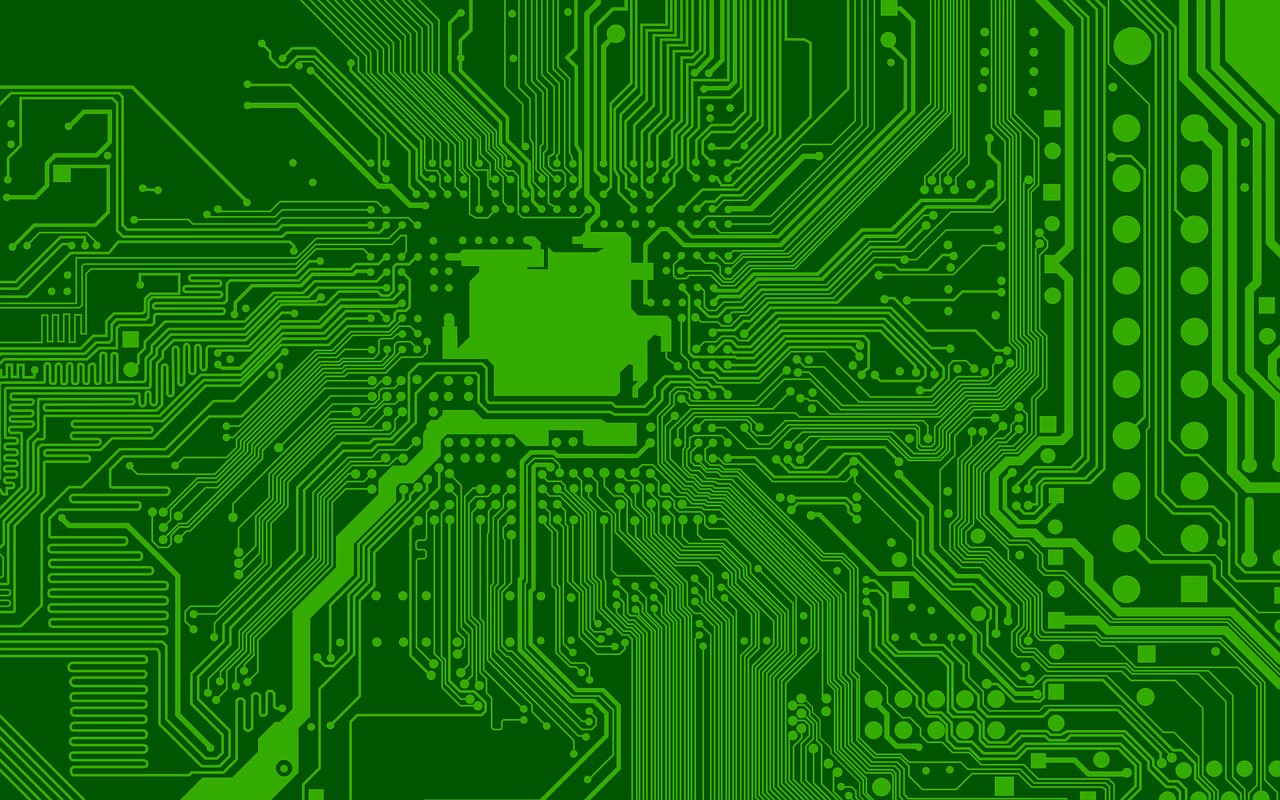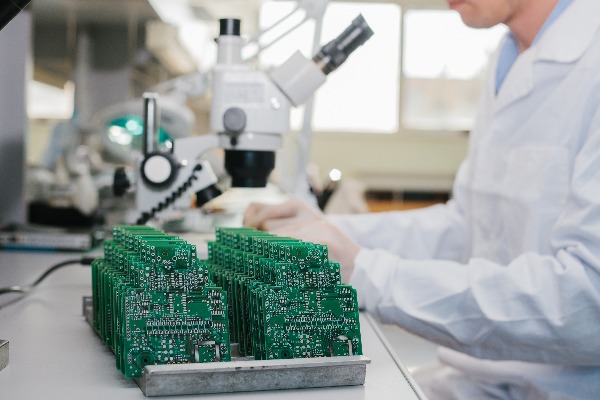Flux Residue Removal
Q. I am seeing a white powder around solder joints on PCBs. Is this solder flux? We use Detergent 8 for cleaning. Do you know why this is happening and how to stop or remove it?
A. There are several ways of approaching this common issue of solder flux and its removal. For example, One way to fix this problem is to lower the temperature when soldering. In another scenario, a leading aerospace manufacturer studied putting potassium silicate (10 mL in 10 L) into the Detergent 8 bath to act as an inhibitor to stop the formation of these white salts.
One Detergent for Mold Release and Circuit Board Cleaning?
Q: What types of Alconox, Inc. detergent would I use to clean a mold release agent? As an aside, is there any chance I could use the same detergent to also clean copper traces off a printed circuit board?
A: Yes! You may indeed be able to use one detergent in both these cleaning applications. But it will only work if the copper is not in the form of an oxide. Here’s why.
Residual Chlorine on Printed Circuit Boards
Q. We have found chlorine present on our printed circuit boards after ultrasonic cleaning and distilled water rinse. As ultrasonic cleaning detergent, we’re using either Liquinox or Detergent 8, but are unsure which one was used on affected boards. Could either be contributing to this issue?
A. It’s highly unlikely that either detergent, or your cleaning process, is the source of the chlorine residue. The cleaning process you described, if using detergent at recommended dilution levels, should successfully remove flux and process residues.


